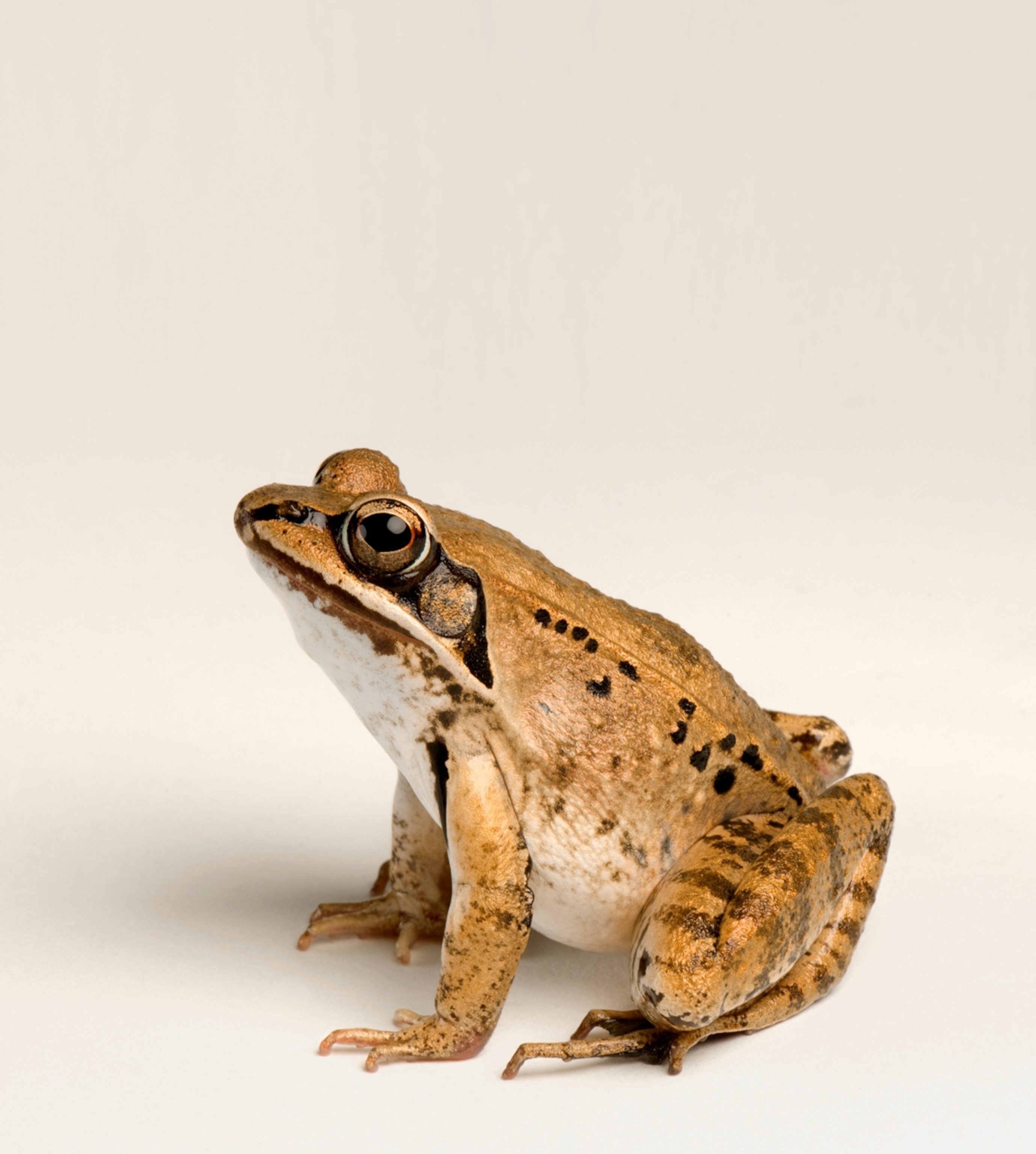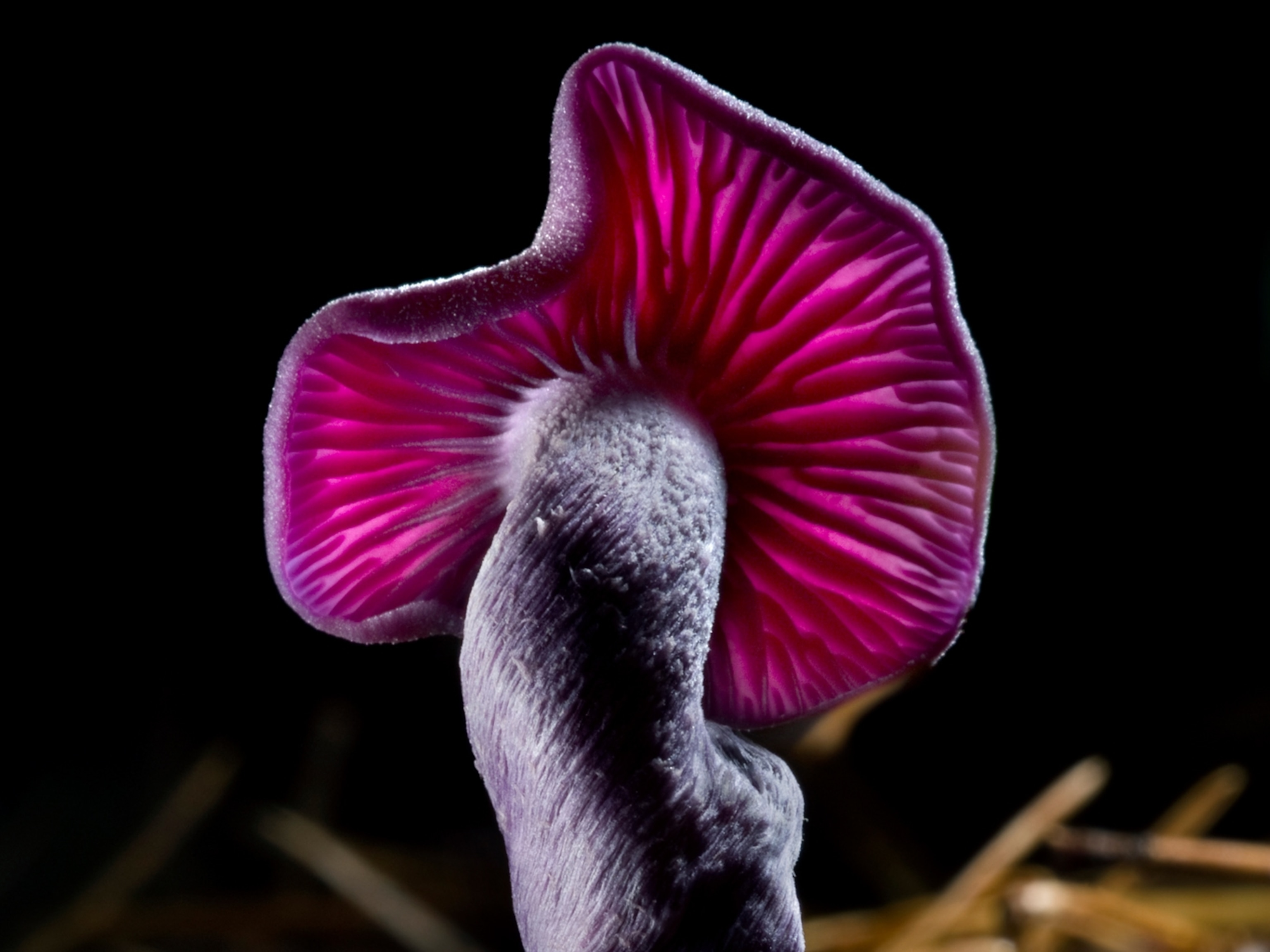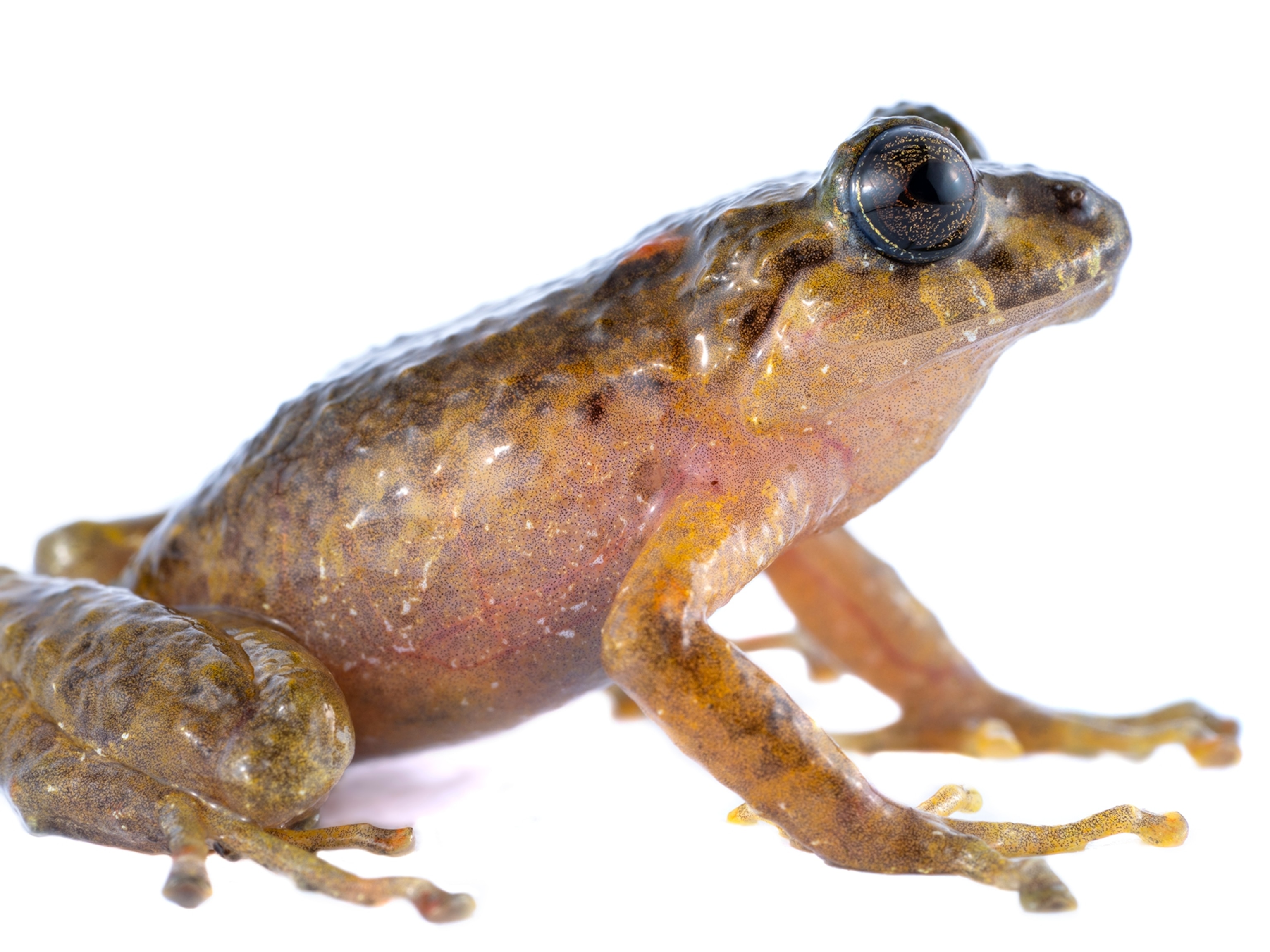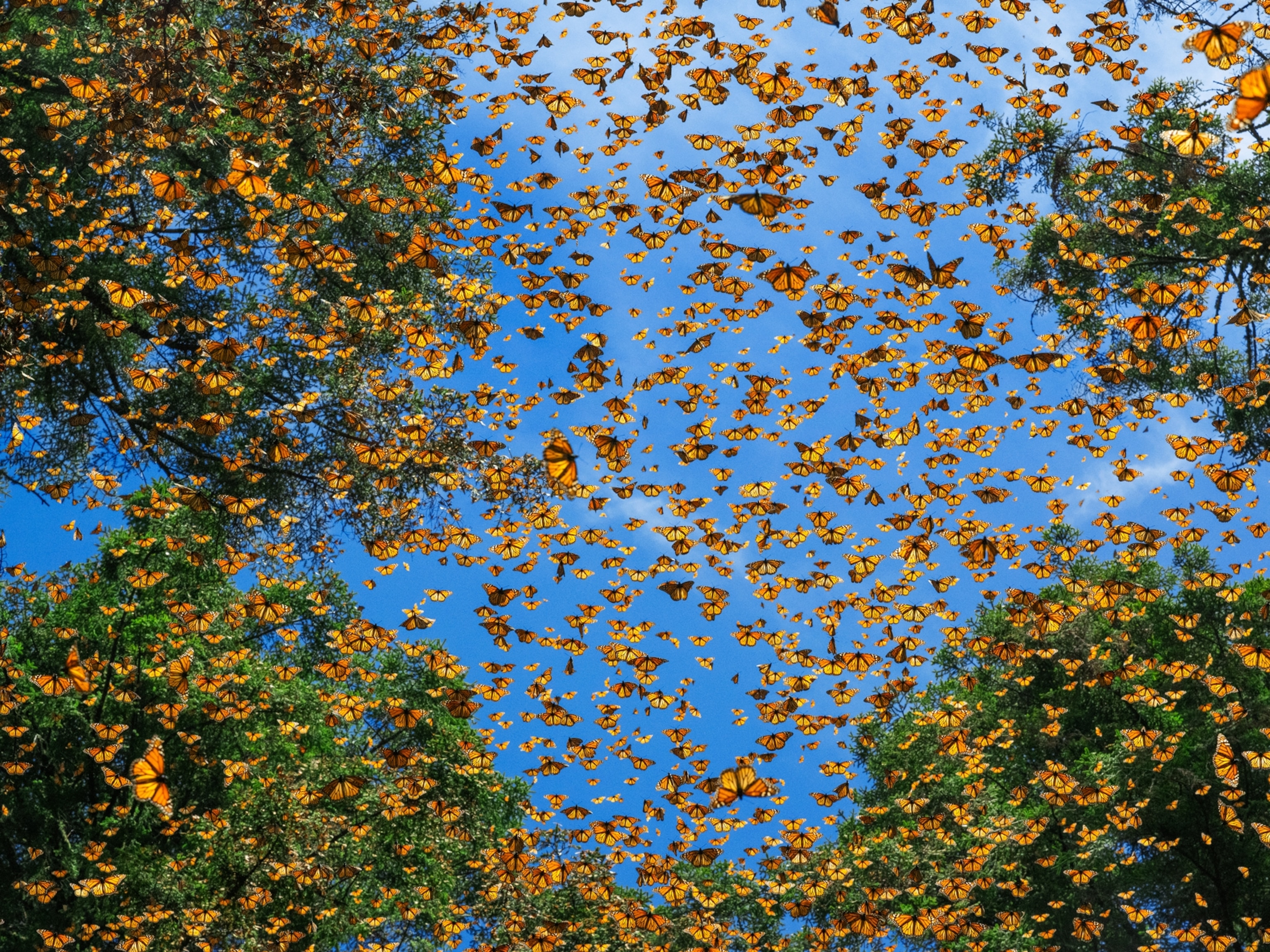
When mating season arrives, these frogs melt
Wood frogs spend the winter in a remarkable state: frozen, yet still alive. Once they thaw in spring, they head for ponds to find breeding partners.
During winters in North America, many amphibians dive or burrow deep to avoid freezing—but not the wood frog. These fig-size croakers stay put aboveground as the water between their cells freezes, and they spend the season in a kind of cryosleep.
When spring arrives, most wood frogs awaken from their icy slumber with one thing on their mind: sex. Males find a pond or temporary vernal pool and call to females with sounds “almost like a quacking duck,” says Dartmouth College’s Ryan Calsbeek, a biology professor who studies amphibians’ sex lives. As more males join in, the cacophony of croaks can be heard throughout the forest.
Hearing the come-ons from the ponds around them, females hop toward the croaks they find most seductive. In a recent study using an advanced acoustic camera, Calsbeek determined that female wood frogs, like many humans, can’t resist deep, husky voices. Such croaks tend to come from large frogs—but once a female is lured to a pond, she’s fair game for all its male frogs, including small sopranos. The victor is the male that grasps and mounts the female, wrapping his forelimbs around her torso, a position known as amplexus. He squeezes until she deposits her eggs into the water; he then releases sperm, fertilizing the eggs.
It’s female wood frogs’ fate to have several breeding opportunities during their two-to-three-year life span. So odds are good that they’ll find at least one big baritone daddy.
Range/habitat
Lithobates sylvaticus are the only amphibians found north of the Arctic Circle. In Canada, as well as Alaska and other parts of the United States, they live in tundra, grassland, and forest habitats.
Other facts
Wood frogs’ bodies produce a sort of natural antifreeze that prevents their cells from bursting as they ice over during the winter. The thumbs of males swell during breeding to help them hold on to females.





